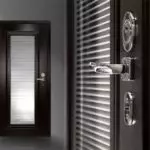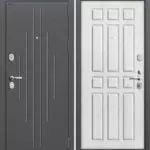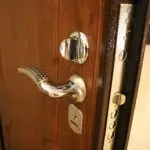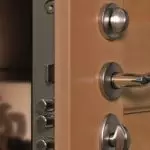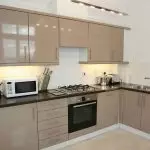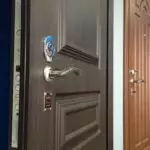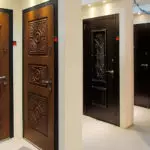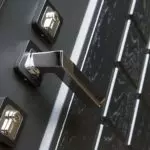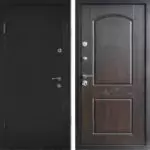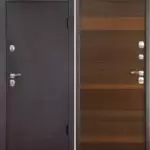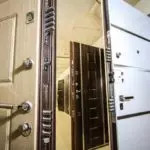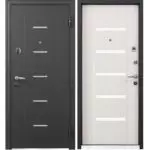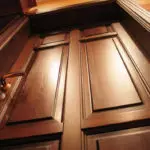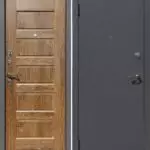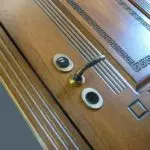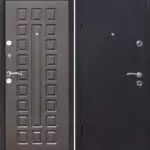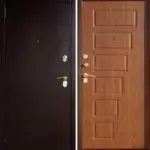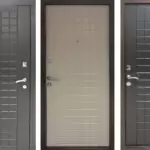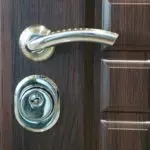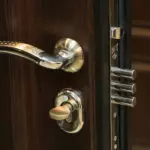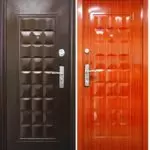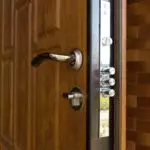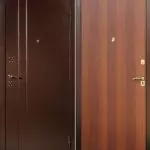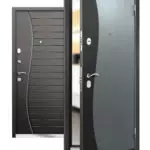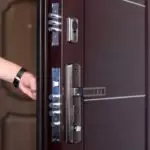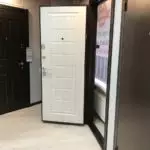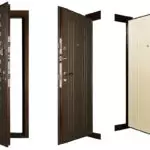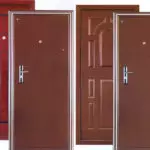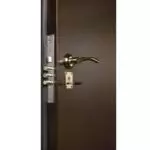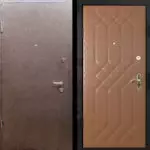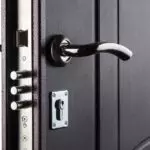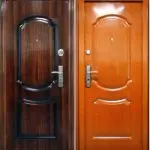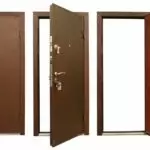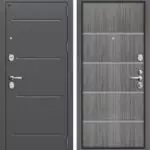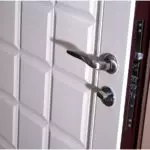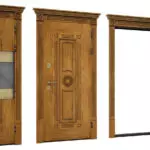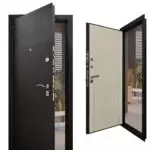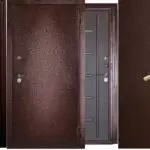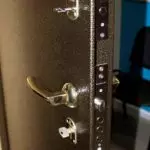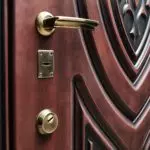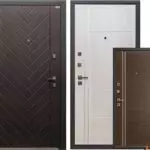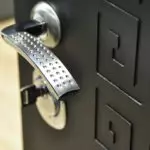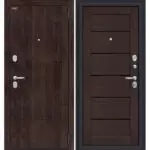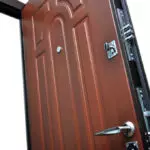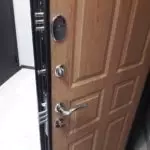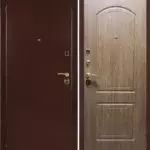Comfort in the dwelling is achieved due to a large number of factors, the key of which is the optimal microclimate and the absence of extraneous noise. Entrance doors with noise insulation will help provide convenience of living and good mood. In the modern market, a wide range of such products is presented, each door leaf is characterized by material manufacturing, quality and cost. Consider the main selection criteria.
Criteria for selecting noise insulation doors
There are many criteria that determine the level of noise insulation of the input door. Choosing such a product in the apartment, you need to consider:
- The variety and properties of the trim. The material that was used in the manufacture of the canvas and the box directly affects the degree of sound insulation.
- View and features of the filler. The door canvas is necessarily equipped with materials with elevated noise absorption properties.
- Installation quality input door. The canvas with the box should be installed strictly in terms of the level, even minor skews are unacceptable.
- Heavy insulation level. Doors should not only protect the living space from outside sounds, but also from cold and drafts.
- The number of sealing circuits. It is from them that the characteristics of the structure and the convenience of its operation will depend.
- The name of the manufacturer. It is no secret that popular brands produce higher quality products.
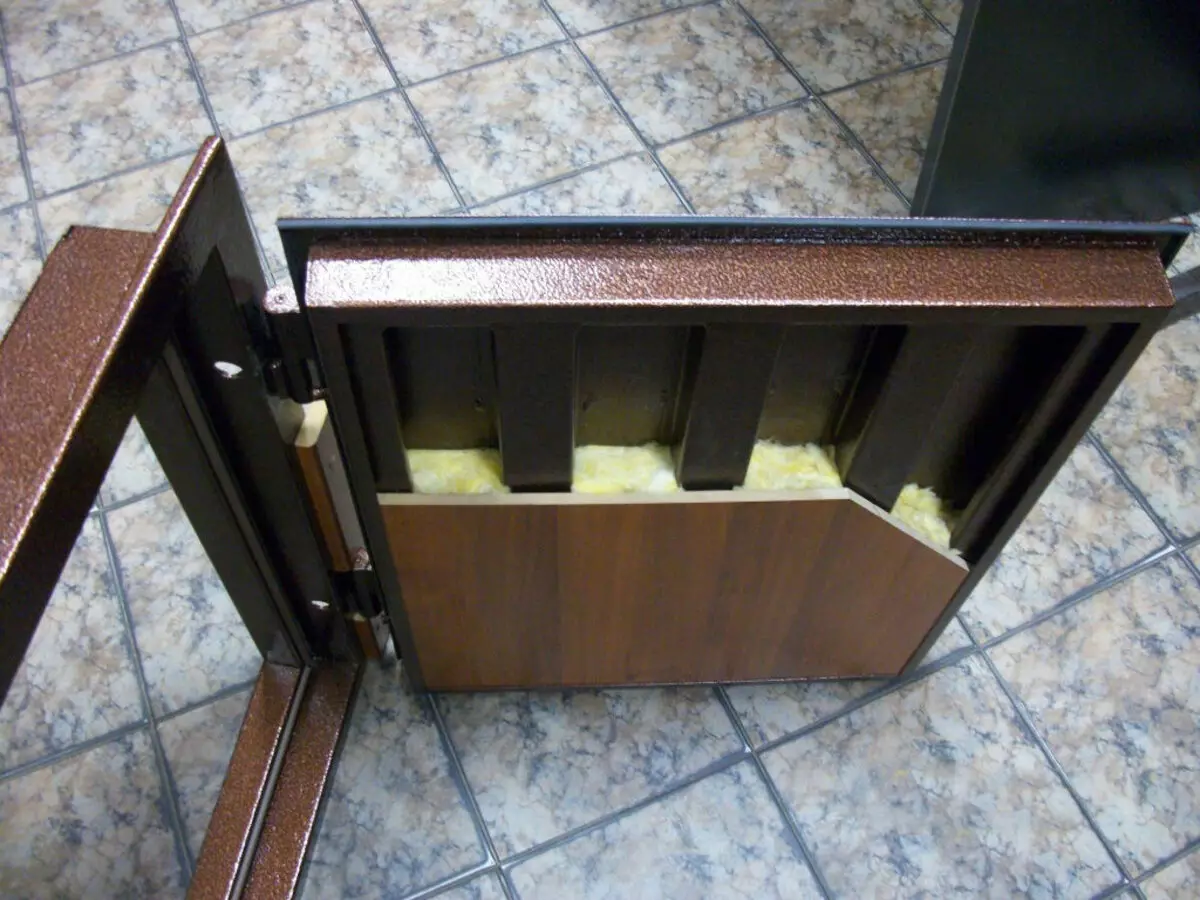
From the nuances discussed above directly depends on the door of the door insulation, which will determine its operational performance. The third-class designs are able to reduce the noise by 20-25 dB, the second - by 26-31 dB. Products that guarantee sound insulation level from 32 dB belong to the first class.
First-class models are able to guarantee the maximum level of comfort indoors, and also have good thermal insulation.
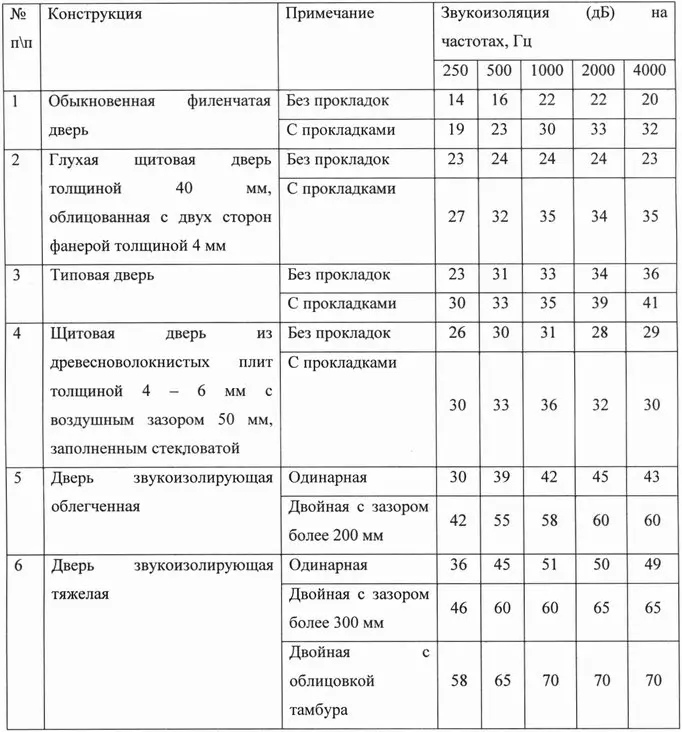
Construction of the web
Usually for the production of entrance doors wood or steel applies. Both materials have their own characteristics, sound insulation indicators, strengths and weaknesses. So choose the optimal solution is not so simple.Article on the topic: Is it worth buying an entrance door with a mirror? Pros and cons [Variety of models]
Steel door
The inlet noise insulation door based on steel is a more common solution. Due to the special design, the operational characteristics of the canvas are significantly increasing, but subject to the use of high quality steel. In the process of manufacturing an iron noise insulation door, a frame is welded first, inside which the material is stacked with a good sound-absorbing effect.
Most often, foam or mineral wool is used as a filler for metal entrance doors.
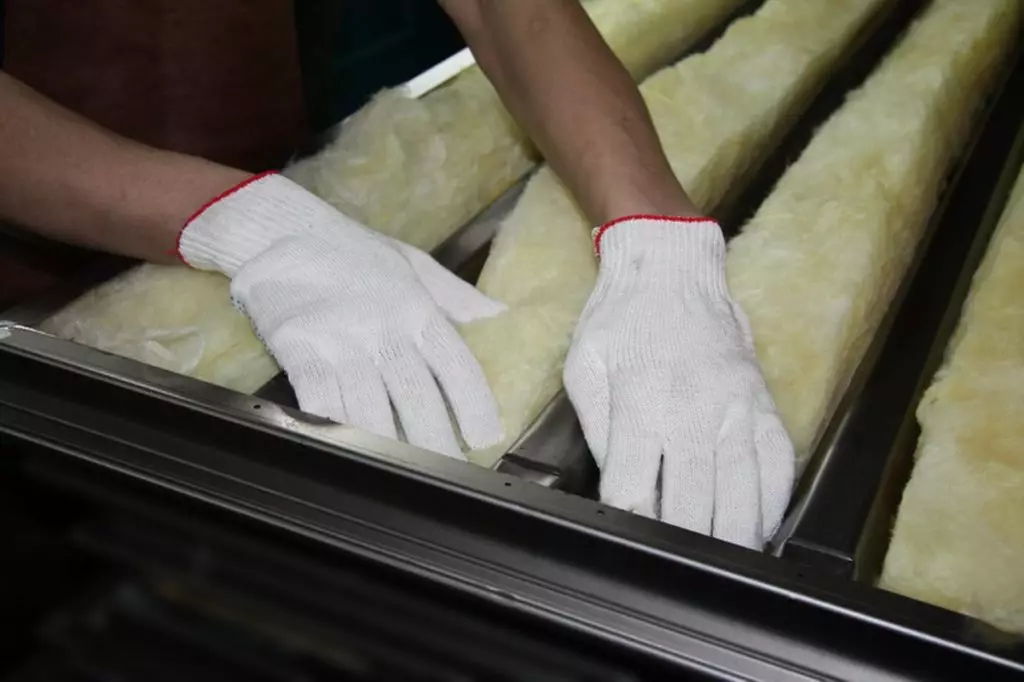
In addition to filler, an external finish helps sound insulation of the steel door. To do this, the framework is crushed by MDF panels or tightened by vinyl. Such materials improve the appearance of the finished product and increase its noise insulation.
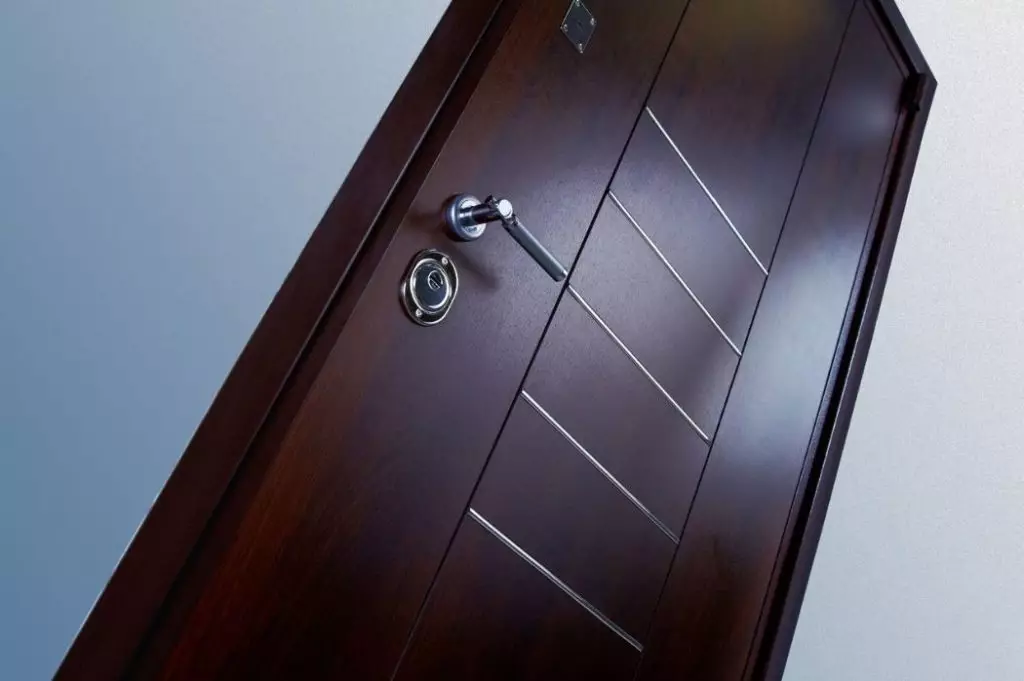
Also in the production process is often used powder sewer. After baking at high temperatures, a coating is obtained, which significantly increases steel resistance to mechanical effects. Such iron doors are protected from hacking and damage better than wooden and have increased strength. So when choosing, being at work, you can not worry about the safety of your home.
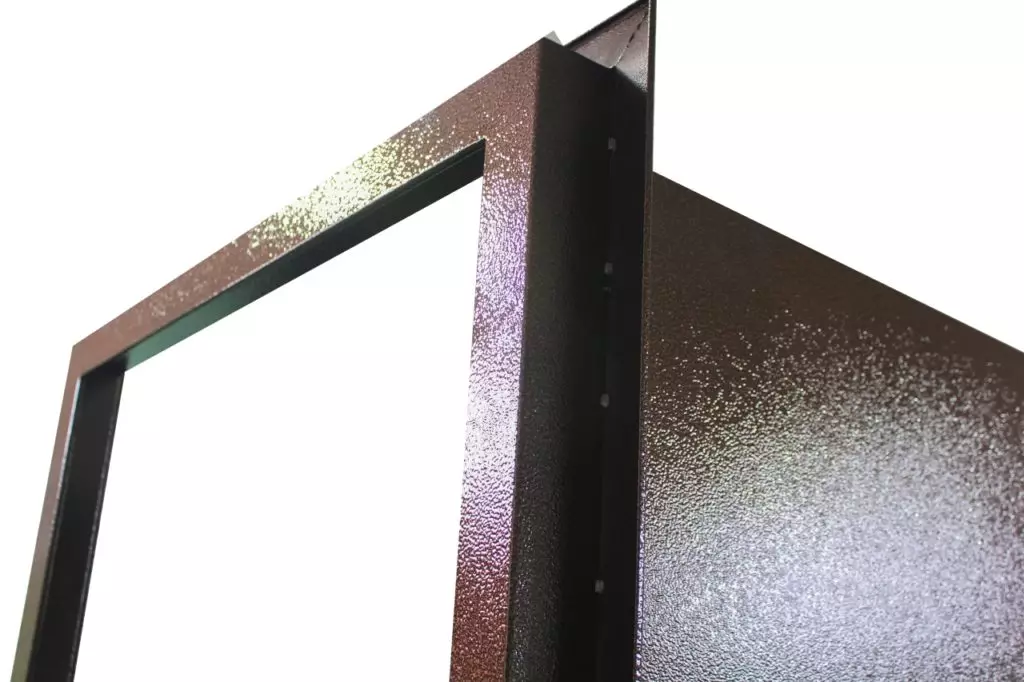
On video: Noise insulation of the steel door with their own hands.
Wooden door
For the manufacture of wooden structures, wood is used with a level of sound insulation in 32 dB. Such indicators are characteristic of coniferous rocks, as well as cherry, oak, ash. The thickness of the sawn timber used directly affects the characteristics of the door. The cost of wooden noise insulating doors can vary greatly.
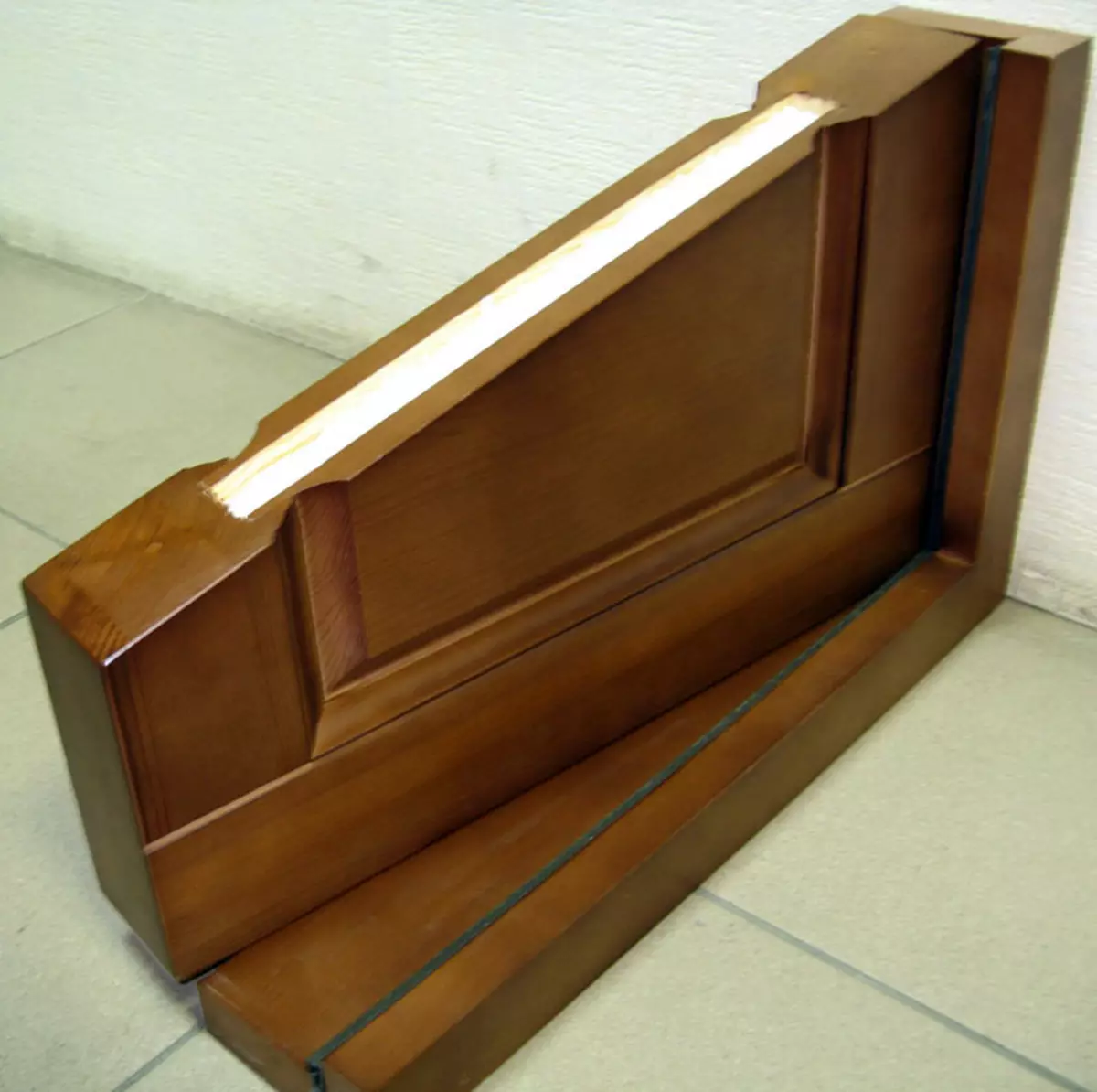
Wooden canvases are most often separated by natural veneer, which improves sound absorption and appearance of the product. The possibility of paint lining will also make it possible to choose the most appropriate color option.
Since wood is an environmentally friendly material, the doors of it often establish people who care about their health.
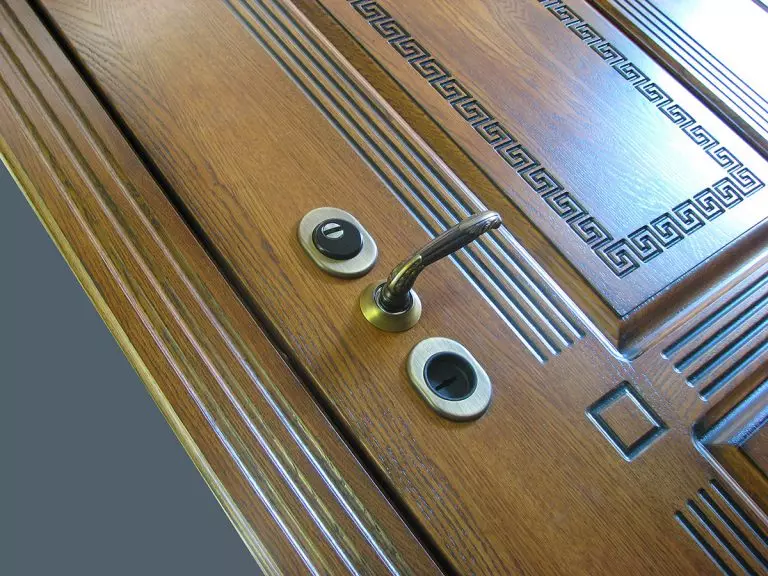
Noise-insulating materials
For soundproofing doors, various materials are used, which also act as insulation. Each optional has its strengths and weaknesses.Article on the topic: Features of the use of light doors in the interior: variety of options | +70 photo
Most often preference gives:
- foam;
- mineral wool;
- foamed polyurethane;
- Corrugated cardboard.
These materials, in addition to sound insulation, have thermal insulation properties, are able to maintain a comfortable microclimate in the room. Usually the thickness of the interior finish does not exceed 50 mm.
Mineral wool
This option has an optimal value for money. The wavy coating structure absorbs external sounds and prevents heat outlet outward. So you can not worry about thermal insulation. But laying of minvati into wooden structures is a rather difficult process. It will take use special partitions to fix the location of the wool inside the canvas. If you refuse these elements, the wool will start to crumble and skip outsided sounds.
Often, the mineral wool crepts and shifts into the lower part of the structure. Check it without opening the canvase is not possible.
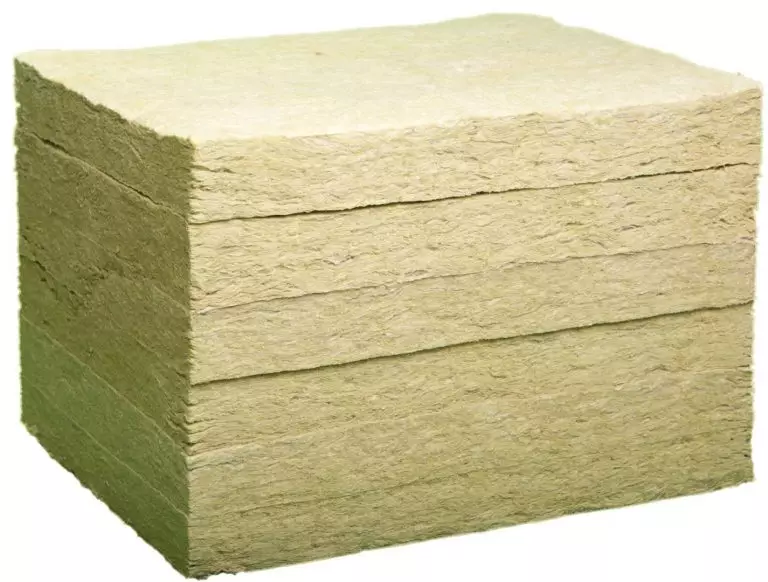
Foamed polyurethane
The optimal solution for preventing the penetration of foreign sounds to the apartment is a polyurethane door. Such an insulating coating has excellent performance at any temperature, as well as further strengthens the design. The material does not burn, which is an advantage when used in residential buildings.
By cons of this choice include high cost, so noise insulating doors with a similar filler inside are often used in elite cottages or new buildings.
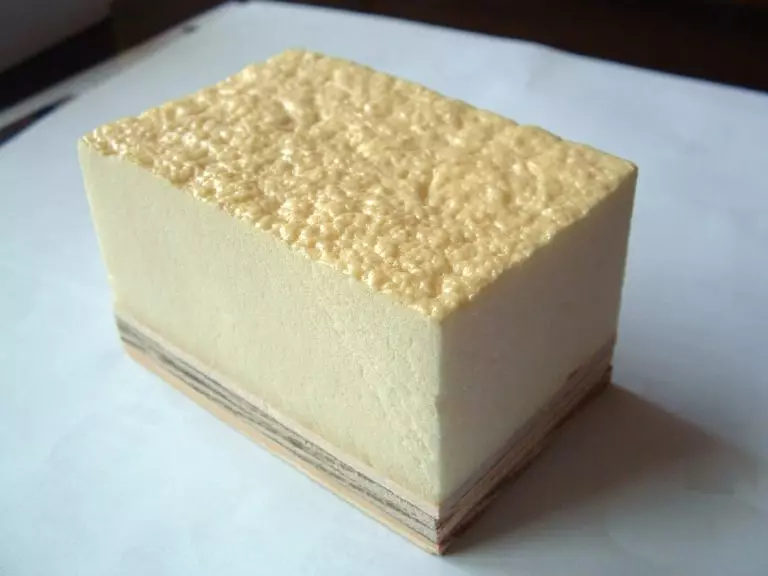
Styrofoam
Noise insulating metal doors with such a filler are the most common. The small weight of the material allows you to use it in the door frame of any type and with any accessory. Polyfoam is quite hard, so over time its operational parameters do not change.
When choosing, it is necessary to take into account the density of this filler. For the entrance doors the optimal solution will be the foam of C25.
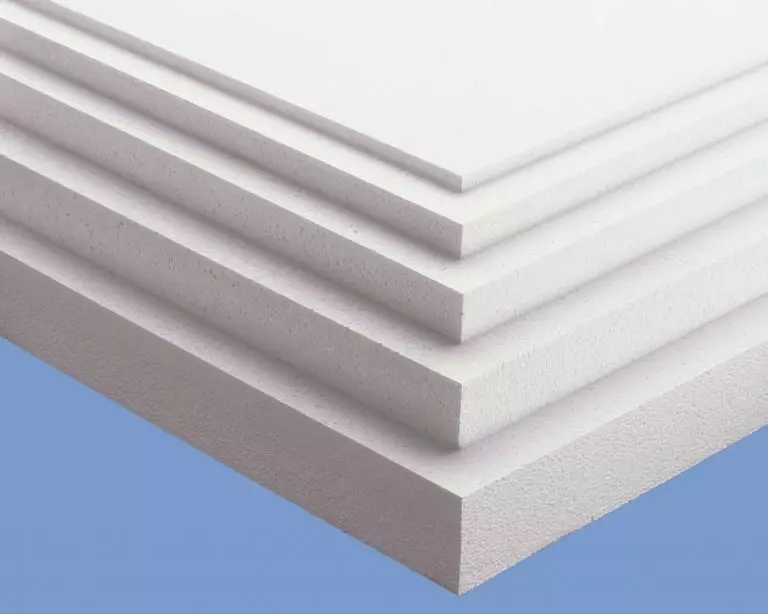
Many refuse to use this material due to its flammability and the ability to identify harmful substances. But this is not always justified, many other fillers have such disadvantages. Since the foam will be located inside the metal or wooden shell, the release of harmful substances can not be worried.
Article on the topic: What doors are better - imported or domestic? Features of the choice of Russian and foreign products
Corrugated cardboard
This is one of the most cheapest materials used for noise insulation of entrance doors. Often, precisely corrugated cardboard is found inside the poor-quality door caved from China. Of course, this material has some sound absorption, but it will not compare with the indicators of other fillers.
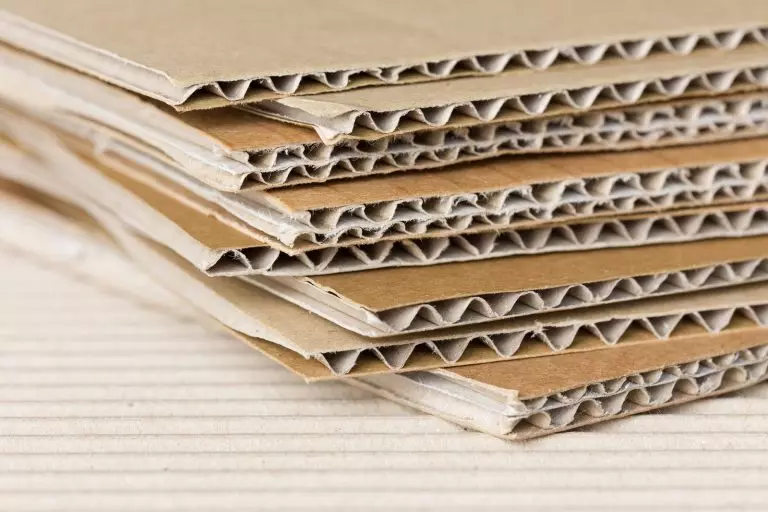
Additional insulation
In order for the door to have a good level of sound and noise absorption, quite often not one material is used inside. For example, isolon, which is stacked from different sides of the foam or minvati, will significantly improve the characteristics of the input web.
For maximum efficiency, the isolon is located in such a way that reflective surfaces are directed in different directions. This will reduce heat loss indoors and improve sound absorption by 40%.
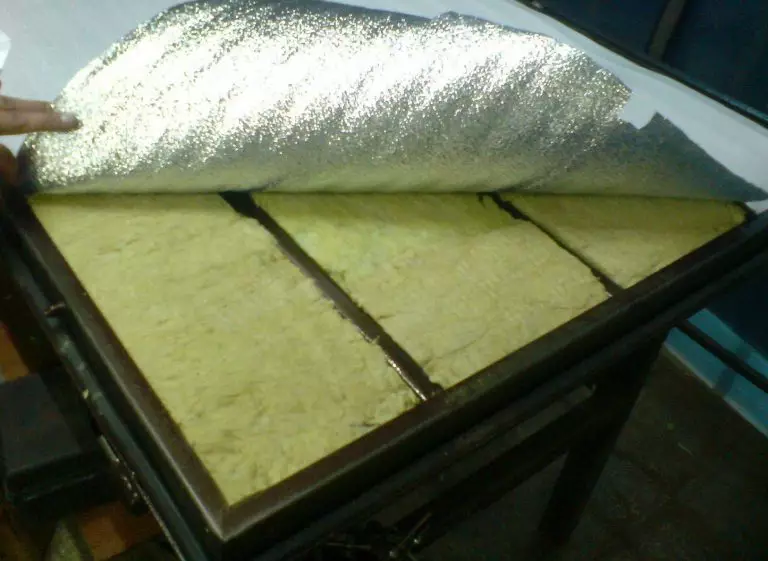
Select the entrance door to the apartment with noise insulation is quite difficult. Each option has its advantages and disadvantages. Iron structures have durability, good quality locks and reliability. Wooden products have an attractive appearance, and the process of their installation is not so time-consuming.
In Moscow, the sale of doors with sound and thermal insulation is engaged in many companies that are on different st., And their range is represented by a large number of manufacturers. The order can be made directly on the site of the selected company or by telephone with the possibility of delivery and installation. The cost of doors with noise insulation varies greatly and is in the range of 10,000-50000 rubles.
Selecting the entrance door - how not to give yourself to fool? (2 video)
Products from different manufacturers (48 photos)
